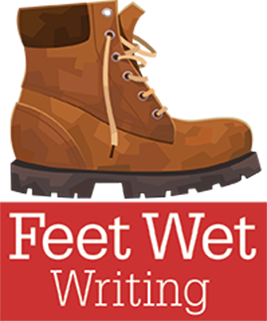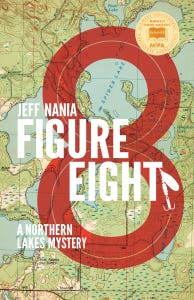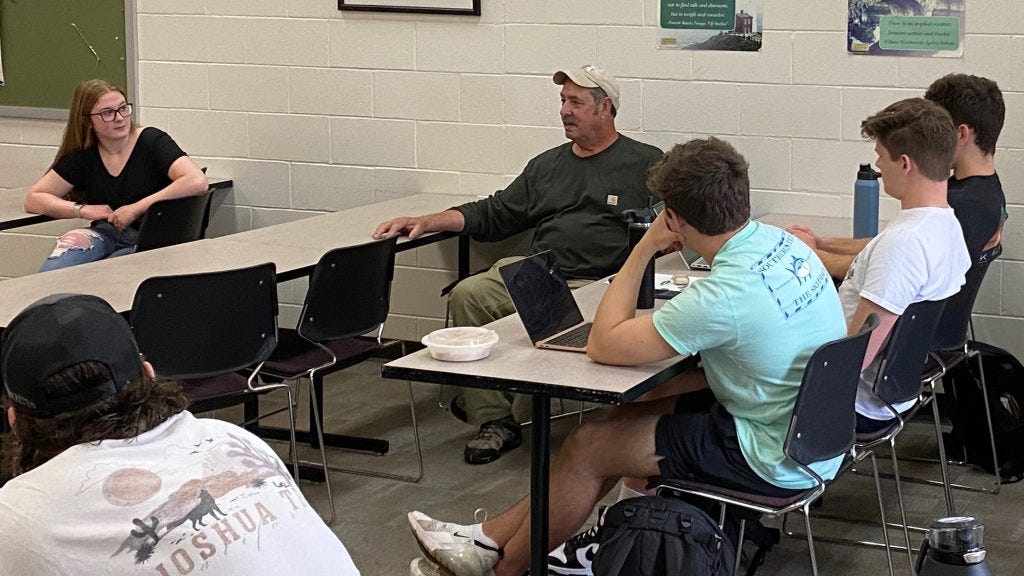Earlier this month, I traveled to the University of Wisconsin–Eau Claire to talk with the students in Joel Pace’s English class about my first book, Figure Eight, which is used as a course text. Each semester, we spend two and a half hours exploring the story within the story and the nuances as we travel page to page. They are free to ask me questions and I am free to ask them. Nothing is really off the table. I can’t remember anyone asking me an inappropriate question.
These students, led by their professor, move quickly to open the discussion. It is mostly about writing but often our discussions go to places that tend to be of interest to all.
One student asked about a part in the beginning of the book. A reporter interviewing John Cabrelli, my friend and protagonist, referred to him as a hero. Cabrelli responds, “I am no hero, and never refer to me that way. I have met real heroes, and I don’t hold a candle to them.”
“Why does John Cabrelli say he is no hero, even though he is?” she asked. A simple heartfelt statement by John leads us somewhere else. Maybe he’s not a real hero, if not then who is? Is it someone who can throw a football fifty yards? Or is it a teacher who brings hope to students at an inner city school day after day? Who are the heroes in our lives? We soon realize there are many heroes among us, people that fill our lives every day.
This leads us to another more complicated question. Is this book, or any book like this, a conversation between the protagonist and the reader or the writer and the reader? Don’t the writer and reader engage on every page? Is it fair for the writer to put readers in a situation where they have to ask themselves, what would I have done? To ask them to make difficult decisions? If they engage those decisions, does it change them or are they just another page in a mystery book?
I address these questions with a story. An older woman is upstairs in her home in bed reading. Suddenly, she hears the sound of glass breaking in her front door. She walks out of her room and looks down the hall. The woman sees a hand reaching through the broken pane and trying to turn the deadbolt on the lock. She is terrified and quickly returns to her room to call 911.
Somewhere out there a police officer takes the call. Maybe a mother, father, sister or cousin, but tonight just a police officer. The officer drives fast knowing that a home invasion is a serious situation. The officer arrives at the house and can see the person of interest in the dark doorway still trying to get into the woman’s house.
The officer approaches, and she can see what appears to be a male wearing a black hooded sweatshirt. She carefully closes the distance, her gun drawn, then hits the individual in question with a bright flashlight beam and says loudly, “Show me your hands!! Show me your hands!!”
The suspect turns rapidly to face the officer and raises a dark object he has in his hand. The woman from inside screams.
What happens next? Is it an armed violent felon being chased by police and is the object in his hand a gun? Or is it the boy next door who lost his keys after drinking too much beer while his parents were out of town for the weekend and confused his similarly looking townhouse with his neighbors’?
How does this end? Is there a hero? The writer or the real world participant is bound to resolve the issue. Dr, Pace’s clever students are well equipped to make the journey.



